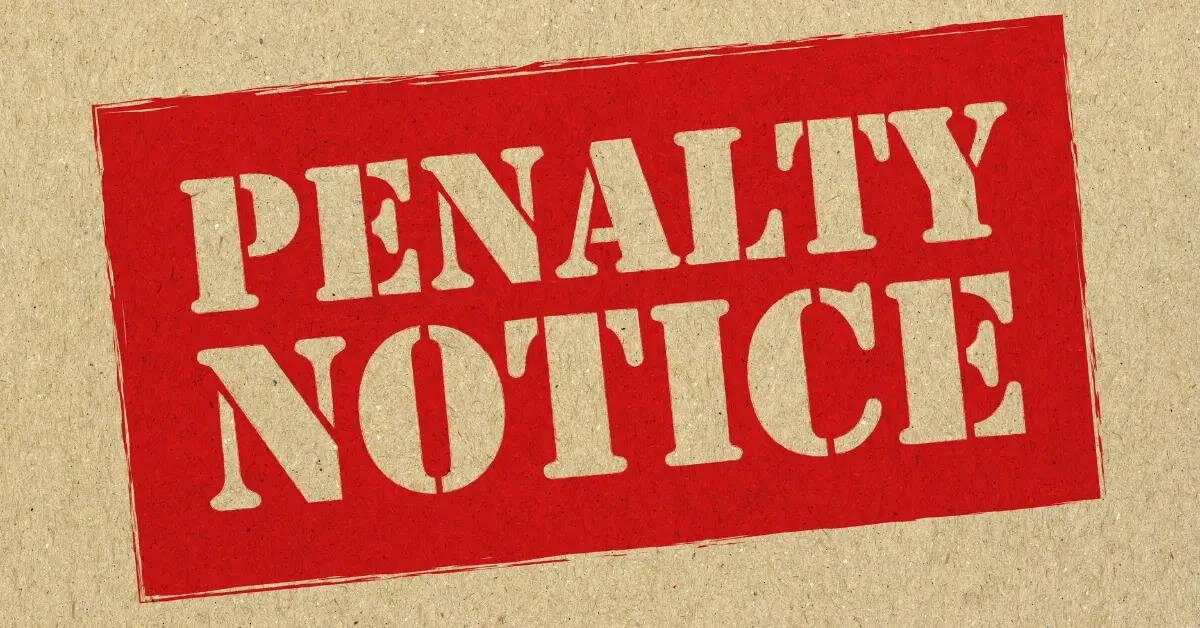
Federal Tax Lien
A federal tax lien is a legal claim to your property. When The IRS determines you do owe taxes, they send a notice of a federal tax lien to your home or business that lets you know of the taxes assessed against you, and that you have ten days to pay in full.
If you don’t comply with that offer, The IRS may file a Notice of Federal Tax Lien at your county courthouse and the lien becomes part of the public record. At this point The Internal Revenue Service has a claim to all your property, including that new boat you bought after the Notice was filed.

Levy Against Your Assets
The IRS also has to option of skipping the lien process and jumping straight to filing a levy against your assets–wages, bank accounts, IRAs and 401ks, and social security benefits. They can also take away your property (car, boat, real estate) and claim any future state or federal tax refunds to offset your liability. Before they come to haul away your stuff, The IRS must assess the taxes due and send you a Notice and Demand for Payment.
If you decide to play a high-stakes game of chicken with the Internal Revenue Service at this point, they will send a Final Notice of Intent to Levy and a Notice of Your Right to a Hearing (levy notice) 30 days prior to the trucks pulling in your driveway.
You can get this letter via US mail, in person, or at your business.

Seizure Action
Both live revenue officers and The IRS Automated Collection System (ACS) can seize any assets you own that are controlled by a third party. These assets include, but aren’t limited to, bank deposits, wages, investments, accounts receivables, and other intangible property that belongs to you. And yes, the ACS can remove funds from your bank without ever leaving a fingerprint. Revenue officers will seize tangible property if it comes to that–art, jewelry, guns–anything of value that they can then sell to mitigate your debt.
There are cases when a seizure is invalid. Here are a few examples including scenarios involving installment agreements:
- You have insufficient equity in a property to generate the necessary net proceeds from the sale.
- An Installment Agreement is pending
- Installment Agreement was rejected within 30 days prior to seizure
- Appeal was filed within that 30 day period

What is IRS Form 9423?
The IRS form 9423 is a Collection Appeals Request. This form is used to request an appeal of the following actions:
- notice of federal tax lien,
- levy,
- seizure,
- termination of an installment agreement.
This form must be filed within 30 days of the date of the notice you received.

The Appeals Process: Filing IRS Form 9423
The good news? You can appeal the lien, levy, or seizure in four (relatively) simple steps.
As soon as you get one of these notices, there are two things you should do right away–before you go to bed that night. The first is to gather all your documentation that would explain to The IRS why you haven’t been able to pay your taxes or why their assessment is wrong. The second is to call a tax attorney so we can handle the paperwork the IRS demands. While this is not a complicated process, time is absolutely of the essence and extraordinary attention to detail is key.
This appeal is the Collection Appeals Process, or CAP. IRS Publication 594 has all the details on collection actions and appeal process. Collection action stops when you request an appeal.
The first step in the appeals process is to request a meeting with the assessing agent’s manager. If you can’t resolve your dispute with the Collection manager, you then submit Form 9423 to Appeals. You need to let the Collection office know within two business days of the meeting that you intend to submit Form 9423. The Form must be postmarked within three days of the meeting to further the Appeals process.
If you request an appeal after The IRS has made a seizure, you have ten business days from the date the Notice of Seizure is given to you to appeal to the Collection manager.
The Collection manager or their designee then has two business days from your request to contact you. If this does not happen, you may re-submit Form 9423 or try to contact Collection again. If you re-submit Form 9423, please note the date you asked for a conference in Box 15 and indicate that a manager failed to contact you. If you send Form 9423 again, it must be postmarked within four days of the request to avoid further collection action.
Check Box 14 of Form 9423 to advise Collection of the action you dispute. and explain why in Box 15. You have the opportunity to offer a resolution to your tax issue in this box as well. Submit the Form to the Collection offie involved–lien, seizure, or levy.
If the IRS is creating economic harm to you, or they cannot resolve your tax problem through the standard channels. If this is your situation, you can call the Taxpayer Advocate Service at 877-777-4778.

Appealing a Rejection, Modification, or Termination
Sometimes, you and the Collection manager cannot come to an agreement. This is actually quite common in the Internal Revenue Service Collection Appeals Program. If this happens, you do have further recourse.

If your proposal to pay your back taxes is not approved, or you disagree with the final terms The IRS has proposed, you should file another Form 9423, Collection Appeal Request, and fill in the reason in Box 14. The Form goes back to the revenue officer who originally took the action on your agreement. You have 30 calendar days to submit this appeal. At this juncture you should insist on a managerial conference with the Collection officer and be prepared to provide documentation as to why your appeal should be approved.

Where Do You Mail IRS Form 9423?
The address to mail Form 9423 is:
Internal Revenue Service
Collection Appeals Division
P.O. Box 7403
Ben Franklin Station
Washington, D.C. 20044
Although, it’s always recommended to see if there’s an address specified on the instructions for the form. Or, if you’re working with a Revenue Officer that took the action you are appealing, get in direct contact with them as they will be able to directly forward your case to IRS Appeals.

How Appealing Your Case Works
Once you have submitted your appeal to Appeals and they make a ruling, that decision is binding. There is no judicial review of an Appeals’ decision after a CAP. If you’re still convinced of your case, you may have the opportunity to seek administrative or judicial review of the issue brought up in the CAP hearing. The IRS has Publication 4528 to walk you through that action, Making an Administrative Wrongful Levy Claim.

Prepare for Getting a Notice
We did say the steps to filing an appeal for levy, lien or seizure were simple, but they’re not easy.
If you believe you are at risk for receiving such a notice, now is the time to be proactive and consult with a tax attorney to go over your options and get all your documentation together.
Once you get that letter, the clock is running and the IRS collection appeals program has very particular rules to follow to make it stop. We can advise you through all the steps to a successful tax resolution.
Need Help Filing IRS Form 9423?
We’ll discuss your current financial situation and put a plan together to properly file & submit all necessary paperwork to the IRS on your behalf.








